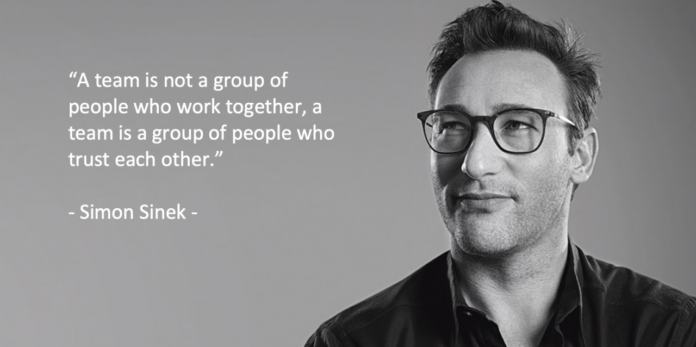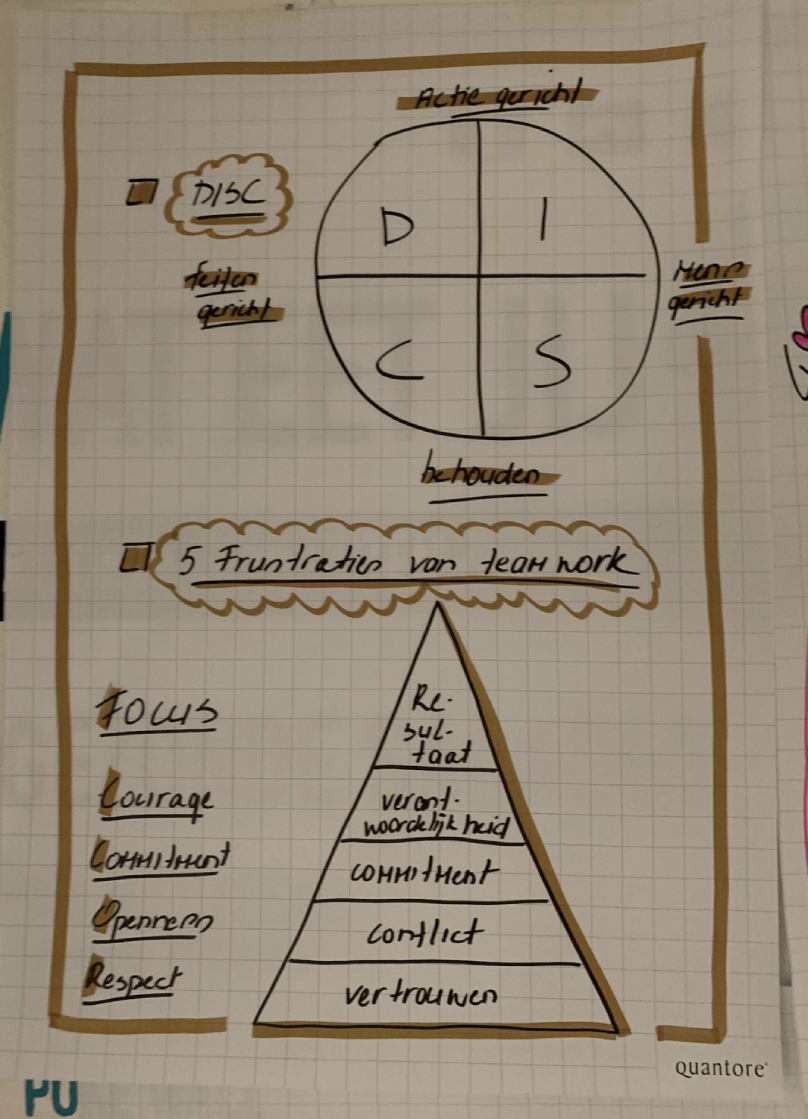As an Agile Coach / Scrum Master I am hired to help facilitate people, teams, departments and organizations to work think and become more agile. Working in an agile way means being capable of continuously dealing with change.
From the perspective that:
- we do not know what will happen tomorrow or the day after;
- we do know that changes wille occur everyday;
- trust in yourself, trust in the people you work with and trust in general that together as a team, department or organization, WE! will do the right things right at the right moment;
the main question is how do we built trust?
As an Agile Coach / Scrum Master, I have been working for large companies like banks, insurance companies and governmental organizations where the question was not to built trust, but to help in thinking, working and becoming more agile. The underlying question here is the main question of this article: how do we built trust?
My experience so far has led to the following approach:
- Create awareness about the fact that trust is important and that building trust can only be achieved by understanding each other better through building relationships.
- Then try to understand who you are working with and figure out / discuss what the preferred behavioral style is of people and create transparency about each others behavioral styles. I use the DISC model to help people understand their own behavioral style better so that they can better relate and connect with others.
- Based on 2, understand what the level of frustration is or can be within a team taking into account the 5 frustrations / dysfunctions of teams summarized by Patrick Lencioni where the lack of (enough) trust is the foundation of frustrations / dysfunctions of teams.
- Have regular constructive 1 on 1 meetings and constructive team meetings where communication is about not talking more but about talking better and listening better.
To create awareness I use the Johari Window. There are 4 quadrants in the Johari Window:
- What you know about yourself AND what other know about you. This quadrant is called your open arena. For instance you see yourself as competitive and outspoken and other people see you in that way as well.
- What you know about yourself, but others know nothing about. For instance things like financial or private relationship challenges. This quadrant is called your facade. Everyone has this to a certain extent.
- What you do not know about yourself, but what others feel, see and hear about you, that you are not aware of. This quadrant is called your blind spot. Everyone has one or a couple of blind spots to a certain extent.
- What you do not known about yourself and what others also do not know about you is the quadrant called unknown. For instance what will you do, how will you behave when the office literally is on fire? Will you start to cry? Will you run or jump out of the building? Will you carry people outside? What will you do? No one knows.
The idea behind the Johari Window is to open up your open arena to the extent that connections can evolve between people and good relationships can develop. If you do not not know anything about someone it will be a challenge to trust people you are daily working with.
To create space and room to get to know each other better and open up each others open arena to the extent that people can start to have better relationships and therefore develop trust, I have used the personal map and journey line quite often when facilitating teams.
You can read more about personals maps here.
An example of journey lines can be seen in the picture.
The exercise is simpel:
- Aks a person to use an A3 piece of paper and draw 2 axes as you can see in the picture.
- Ask the person what period he or she would like to reflect on in terms of things he or she experienced in that period and ask to draw a journey line with high’s (things he or she was very proud of or went well) and low’s (things that were challenging or not so exciting).
- Ask the person to reflect on the high’s and low’s in silence and prepare his / her journey line which can be about anything: personal life, work life, hobby’s etc.
- After everyone has prepared their journey line in silence, ask people one by one to share their reflection about their personal journey line and have a discussion about why the high’s were high’s and why the low’s where low’s for that person. This will derive values and characteristics that are important / not important for that person.
This exercise will create transparency amongst people in the room, their open arena will be opened up more to built stronger relationships and trust. At the same time people will start to better understand each others preferred behavioral style and why things might frustrate them in terms of the 5 dysfunctions that Patrick Lencioni has came up with.
Looking at the Scrum Values compared to the 5 dysfunctions of teams from Patrick Lencioni I have mapped both of them as follows which can be helpful for Scrum teams to understand the Scrum values from the perspective what Patrick Lencioni describes as the 5 dysfunctions of teams:
(Dysfunction within a team <–> Scrum value):
- Trust <–> Respect
- Conflict <–> Openness
- Commitment <–> Commitment
- Responsibility <–> Courage
- Result <–> Focus
What I have learned is that people at first are somewhat reluctant to share things from their journey line or personal maps, but right after someone starts sharing their personal map or journey line, people automatically start to better connect and relationships are immediately start to get stronger resulting in less conflict and better collaboration.
I have also learned that setting the stage and creating a safe environment are important for people to start sharing personal things in order to get to know each other better, built trust and boost collaboration.
I have never experienced someone not willing to share a personal map or journey line with a group on the contrary, people have always highly valued getting to know other people better though such activities.
Have fun discussing personal maps, journey lines and building better relationships!
Andy Joghi – Management 3.0 Facilitator






